Home>Garden Essentials>How Long For Morning Glory Seeds To Sprout
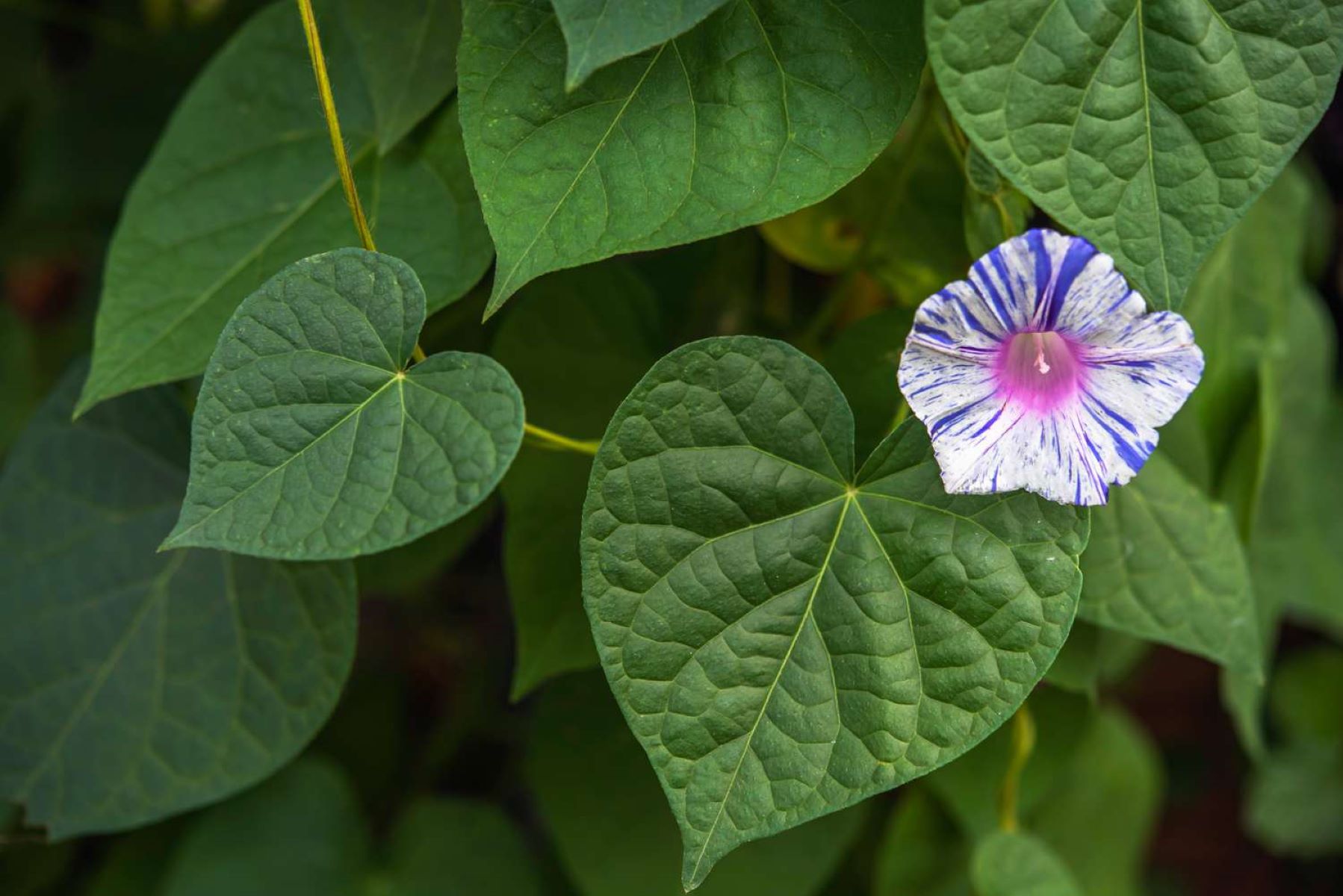

Garden Essentials
How Long For Morning Glory Seeds To Sprout
Modified: March 21, 2024
"Discover how long it takes for garden morning glory seeds to sprout and start blooming in your garden. Get expert tips for successful germination!"
(Many of the links in this article redirect to a specific reviewed product. Your purchase of these products through affiliate links helps to generate commission for Storables.com, at no extra cost. Learn more)
Introduction
Welcome to our comprehensive guide on the germination time of morning glory seeds! If you’re a gardening enthusiast looking to grow these beautiful and vibrant flowers in your garden, you may be wondering how long it takes for morning glory seeds to sprout.
Morning glories (Ipomoea) are annual flowering plants known for their striking flowers that open in the morning and close in the afternoon. With their stunning shades of blue, purple, pink, and white, morning glories can add a touch of beauty and charm to any garden space.
Understanding the germination process and the factors that influence it can help you plan and achieve successful growth of morning glory plants. In this article, we will explore the various aspects that affect the time it takes for morning glory seeds to sprout, and provide you with tips and techniques to optimize the germination process.
Before we dive into the details, it’s important to note that the germination time of morning glory seeds can vary depending on several factors such as seed quality, seed age, environmental conditions, and seed preparation techniques. It’s essential to be patient and allow nature to take its course as seeds may take some time to awaken and sprout.
Key Takeaways:
- Patience and proper care are key for growing morning glory seeds, which can take time to sprout due to factors like seed quality, age, and dormancy. Understanding and addressing these factors can lead to successful germination.
- Techniques like soaking, scarification, and stratification can enhance morning glory seed germination. Providing ideal growing conditions, avoiding common mistakes, and troubleshooting issues can help ensure healthy and vibrant plants.
Read more: How To Eat Morning Glory Seeds
Factors Affecting Germination Time
Several factors can influence the germination time of morning glory seeds. Understanding these factors can help you set realistic expectations and take the necessary steps to optimize the germination process. Here are some key factors to consider:
- Seed Quality: The quality of the morning glory seeds plays a significant role in germination time. High-quality seeds sourced from reputable suppliers have a higher chance of germinating quickly and successfully. Ensure that you acquire fresh and viable seeds for the best results.
- Seed Age: The age of the seeds can affect their germination rate. Generally, fresher seeds have higher viability and tend to sprout faster. As seeds age, their viability decreases, resulting in longer germination times or even failure to germinate at all. It’s recommended to use seeds within one to two years of purchase.
- Seed Dormancy: Morning glory seeds may exhibit dormancy, a natural protection mechanism that prevents them from germinating under unfavorable conditions. Some seeds have hard, impermeable seed coats that need to be scarified or scarred to break the dormancy and allow water to penetrate. Scarification methods, such as soaking in warm water or nicking the seed coat, can help speed up the germination process.
- Temperature: Temperature plays a crucial role in the germination of morning glory seeds. These plants thrive in warm climates and prefer soil temperatures between 65°F to 75°F (18°C to 24°C). Cooler temperatures can significantly delay germination, while excessively high temperatures can be detrimental to the seeds. Maintaining a consistent and optimal temperature can help promote quicker germination.
- Moisture: Adequate moisture is essential for the germination of morning glory seeds. The seeds need to be sufficiently hydrated to initiate the germination process. However, overwatering can lead to rot or fungal diseases. Strike a balance by providing consistent moisture without creating waterlogged conditions.
By considering these factors and adjusting your approach accordingly, you can enhance the germination time of morning glory seeds and increase the success rate of your gardening endeavors.
Seed Preparation Techniques
Properly preparing morning glory seeds before planting can help improve their germination rate and ensure successful growth. While some seeds may require scarification to break their dormancy, others may benefit from additional techniques. Here are a few seed preparation techniques to consider:
- Soaking: Soaking morning glory seeds in warm water before planting can help soften the seed coat and speed up germination. Simply place the seeds in a container and cover them with warm water. Allow them to soak for 24 hours, replenishing the water with fresh warm water if needed. After soaking, drain the water and proceed with planting.
- Stratification: Some morning glory seeds may benefit from stratification, which involves simulating the cold and moist conditions they would experience naturally during winter. To stratify the seeds, place them in a damp paper towel or in a sealable plastic bag with a moistened substrate like vermiculite or peat moss. Place the bag or paper towel in the refrigerator for a period of 1 to 2 weeks. After stratification, remove the seeds and plant them in the desired location.
- Seed Scarification: As mentioned earlier, some morning glory seeds have hard seed coats that require scarification to break their dormancy. There are several methods to scarify the seeds, including lightly sanding the seed coat, using a file to make small scratches on the seeds, or even carefully nicking the seed coat with a knife. These scarification techniques create small openings for water to penetrate and help promote quicker germination.
- Pre-sprouting: Pre-sprouting is a technique that involves germinating the seeds before planting them in the ground. To pre-sprout morning glory seeds, place them between moist paper towels or in a seed tray with a damp growing medium. Keep them in a warm and well-lit area, ensuring that the paper towels or growing medium remain consistently moist. Once the seeds have sprouted, carefully transfer them to their final planting location.
- Seed Priming: Seed priming is a technique that involves partially hydrating the seeds to initiate germination but stopping the process before the seedling emerges. By exposing the seeds to a controlled amount of moisture, seed priming can help reduce germination time and improve overall success rates. However, this technique requires careful monitoring to prevent over-priming and seedling damage.
It’s important to note that not all morning glory seeds require seed preparation techniques. Some varieties have seeds that are ready to directly sow into the soil without any prior treatment. Always refer to specific instructions or the supplier’s recommendations for the best approach.
By utilizing these seed preparation techniques, you can enhance the germination process of morning glory seeds and give your plants a head start towards healthy growth and development.
Ideal Growing Conditions
To ensure optimal growth and germination of morning glory seeds, it’s essential to provide them with the ideal growing conditions. By considering the following factors, you can create a favorable environment for your morning glory plants:
- Sunlight: Morning glories thrive in full sunlight. They require at least 6 to 8 hours of direct sunlight daily to reach their full potential. Choose a location in your garden that receives ample sunlight throughout the day to ensure healthy growth and abundant blooms.
- Soil: Morning glories prefer well-draining soil that is rich in organic matter. The soil should have a pH level between 6.0 and 7.5, which is slightly acidic to neutral. Amending the soil with compost before planting can help improve its structure and fertility, creating an ideal growing medium for the seeds.
- Watering: Morning glories require regular watering, especially during periods of dry weather. Keep the soil consistently moist but avoid overwatering, as soggy conditions can lead to root rot. Water deeply, allowing the water to penetrate the soil and reach the roots. Mulching around the plants can help retain moisture and suppress weed growth.
- Support: Morning glories are vigorous climbers that require support to reach their full potential. Install trellises, arbors, or fences in your garden to provide a structure for the vines to grow and cling to. Alternatively, you can grow morning glories in containers with stakes or obelisks for support.
- Temperature: Morning glory plants thrive in warm temperatures. They prefer a daytime temperature range of 70°F to 85°F (21°C to 29°C) and a nighttime temperature range of 60°F to 70°F (15°C to 21°C). Avoid exposing the plants to extreme heat or frost, as these conditions can negatively impact their growth.
- Air Circulation: Adequate air circulation is crucial for the health of morning glory plants. Plant the vines with enough space between them to allow for good airflow. This helps prevent the development of fungal diseases and promotes the overall vigor of the plants.
By providing your morning glory plants with these ideal growing conditions, you can create an environment that promotes healthy growth, strong blooms, and successful germination of the seeds.
Morning glory seeds typically take 5-10 days to sprout when planted in well-draining soil and kept consistently moist. Soak the seeds overnight before planting to help speed up the germination process.
Common Mistakes to Avoid
When growing morning glories from seeds, it’s important to be aware of common mistakes that can hinder the germination process and overall success of your plants. By avoiding these pitfalls, you can increase your chances of achieving thriving morning glory vines. Here are some common mistakes to avoid:
- Overwatering: While morning glories require regular watering, overwatering can be detrimental to their growth. It can lead to root rot and other diseases. Instead, provide consistent moisture by watering deeply when the top inch of soil feels dry, and let the soil dry out slightly between waterings.
- Planting Too Deep: Morning glory seeds should be planted at the appropriate depth. Planting them too deep can delay germination or prevent it altogether. Follow the packet instructions for the recommended planting depth and gently press the soil over the seeds without compacting it too much.
- Not Providing Support: Morning glories are climbing vines that need support to grow upward. Failure to provide adequate support can result in tangled vines and stunted growth. Install trellises, fences, or stakes before planting to ensure the vines have something to cling to.
- Insufficient Light: Morning glories require plenty of sunlight to flourish. Planting them in shaded areas or where they receive insufficient sunlight can lead to leggy growth and fewer blooms. Choose a location that receives at least 6 to 8 hours of direct sunlight each day.
- Using Poor-Quality or Old Seeds: Using low-quality or expired morning glory seeds can significantly impact germination rates. Purchase fresh, high-quality seeds from reputable suppliers to ensure the best chances of successful germination and vibrant blooms.
- Not Monitoring Temperature: Temperature plays a vital role in the germination process. Avoid exposing morning glory seeds and plants to extreme heat or cold, as it can hinder germination and overall growth. Maintain a consistent and ideal temperature range to optimize their development.
- Not Controlling Weeds: Weeds can compete with morning glory plants for nutrients, water, and sunlight. Regularly weed the area around your morning glory plants to prevent them from overpowering and suffocating your plants.
By being mindful of these common mistakes and taking the necessary precautions, you can set yourself up for success and enjoy the beauty of flourishing morning glory vines in your garden.
Troubleshooting Germination Issues
Despite your best efforts, sometimes germination issues can arise when growing morning glory seeds. Identifying and addressing these issues promptly can help salvage the germination process and increase your chances of successful growth. Here are some troubleshooting tips for common germination issues:
- Poor Germination Rate: If you notice a low germination rate, it could be due to factors such as low seed quality, improper storage, or incorrect planting techniques. To improve germination, ensure you purchase fresh, high-quality seeds and store them properly in a cool, dry place. Also, review your planting methods to ensure you are following the recommended depth, watering, and temperature requirements.
- Dormancy: Morning glory seeds with hard seed coats may exhibit dormancy, requiring scarification to break through and initiate germination. If your seeds show no signs of sprouting after a reasonable period of time, try scarification methods such as lightly sanding the seed coat or nicking the seeds. This will help water penetrate and stimulate germination.
- Fungal Diseases: Excessive moisture and poor air circulation can lead to fungal diseases, which can cause seed rot or seedling damping-off. Ensure you provide adequate airflow around the seeds and seedlings by not overcrowding them. Be cautious with watering and avoid overwatering, as it can create a damp environment ideal for fungal growth.
- Pests and Predators: Common pests, such as slugs, snails, and birds, can be attracted to morning glory seeds and seedlings. Protect your germinating seeds by using physical barriers, such as netting or cloches, to prevent access. Remove any pests you find manually or use suitable organic pest control methods.
- Inconsistent Temperature: Fluctuating or extreme temperatures can hinder germination. Ensure you provide a consistent temperature range within the preferred range of 70°F to 85°F (21°C to 29°C) during the day and 60°F to 70°F (15°C to 21°C) at night. Shield the seeds and seedlings from extreme cold or heat to prevent damage and promote successful germination.
- Seedling Weakness: Weak or leggy seedlings can result from insufficient sunlight or overcrowding. Ensure your young morning glory seedlings receive at least 6 to 8 hours of direct sunlight daily. Thin out overcrowded seedlings to provide adequate space for each plant to grow and breathe.
By troubleshooting these germination issues and making appropriate adjustments, you can overcome obstacles and increase the chances of successful germination and healthy morning glory plants.
Conclusion
Growing morning glory plants from seeds can be a rewarding and fulfilling experience for any garden enthusiast. By understanding the factors that affect germination time, preparing the seeds properly, providing ideal growing conditions, and avoiding common mistakes, you can increase your chances of successful germination and enjoy the beauty of these vibrant flowers in your garden.
Factors such as seed quality, seed age, seed dormancy, temperature, and moisture can impact the germination time of morning glory seeds. It’s important to be patient and provide the seeds with the right conditions to awaken and sprout. Some seeds may require scarification or stratification techniques to break dormancy and promote germination.
When it comes to seed preparation, soaking, scarification, stratification, pre-sprouting, and seed priming techniques can enhance the germination process. However, not all morning glory seeds require these preparation techniques, so always refer to specific instructions or supplier recommendations.
Creating the ideal growing conditions for morning glory plants involves providing them with ample sunlight, well-draining soil, consistent moisture, and proper support structures. Controlling weeds and ensuring adequate air circulation are also crucial for their healthy growth.
Avoiding common mistakes such as overwatering, planting too deep, not providing support, insufficient light, using poor-quality or old seeds, not monitoring temperature, and not controlling weeds can significantly impact the success of your morning glory plants.
If you encounter germination issues, troubleshooting tips such as improving seed quality, scarification, addressing fungal diseases, protecting against pests and predators, maintaining consistent temperature, and ensuring strong seedling growth can help. Being proactive in identifying and addressing these issues can salvage the germination process and increase your chances of success.
With proper care, patience, and a little bit of knowledge, you can successfully germinate morning glory seeds and enjoy their stunning blooms in your garden. Embrace the process, adapt your approach when needed, and enjoy the journey of growing these beautiful and captivating flowers!
Frequently Asked Questions about How Long For Morning Glory Seeds To Sprout
Was this page helpful?
At Storables.com, we guarantee accurate and reliable information. Our content, validated by Expert Board Contributors, is crafted following stringent Editorial Policies. We're committed to providing you with well-researched, expert-backed insights for all your informational needs.
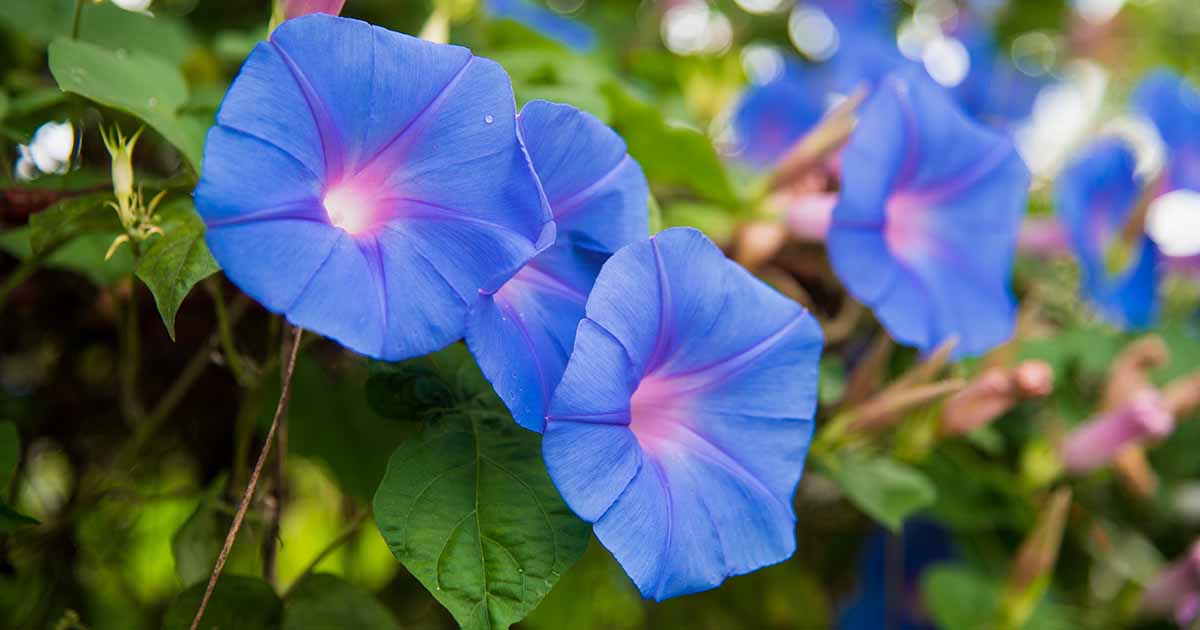

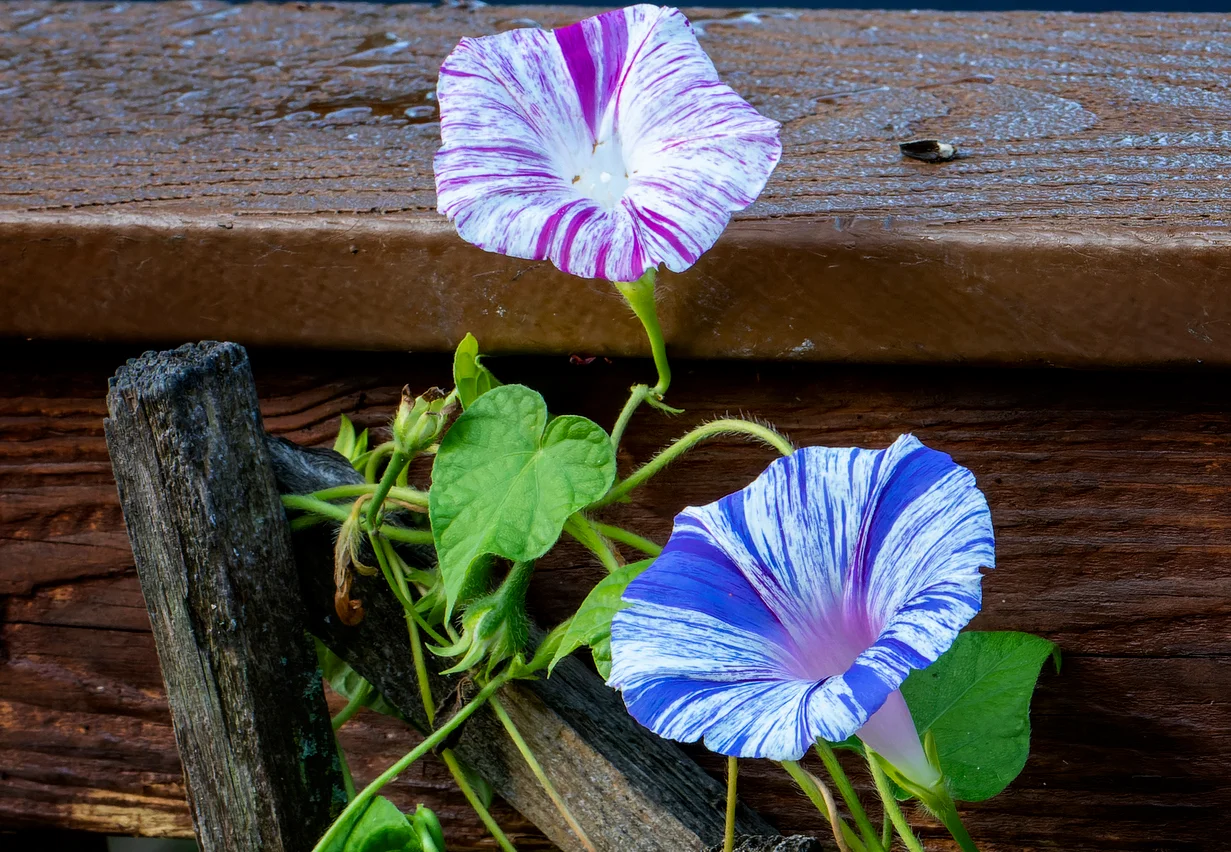
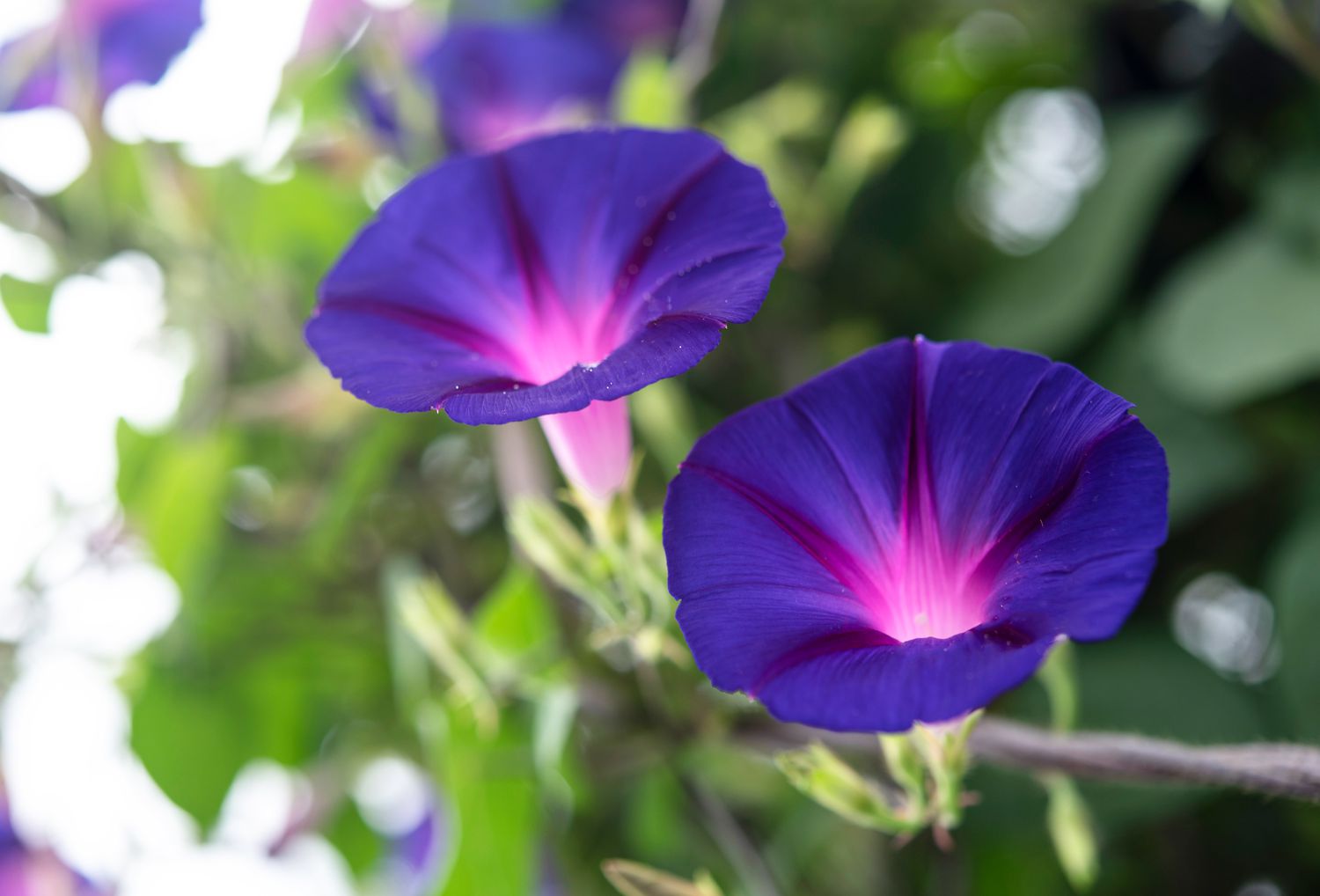
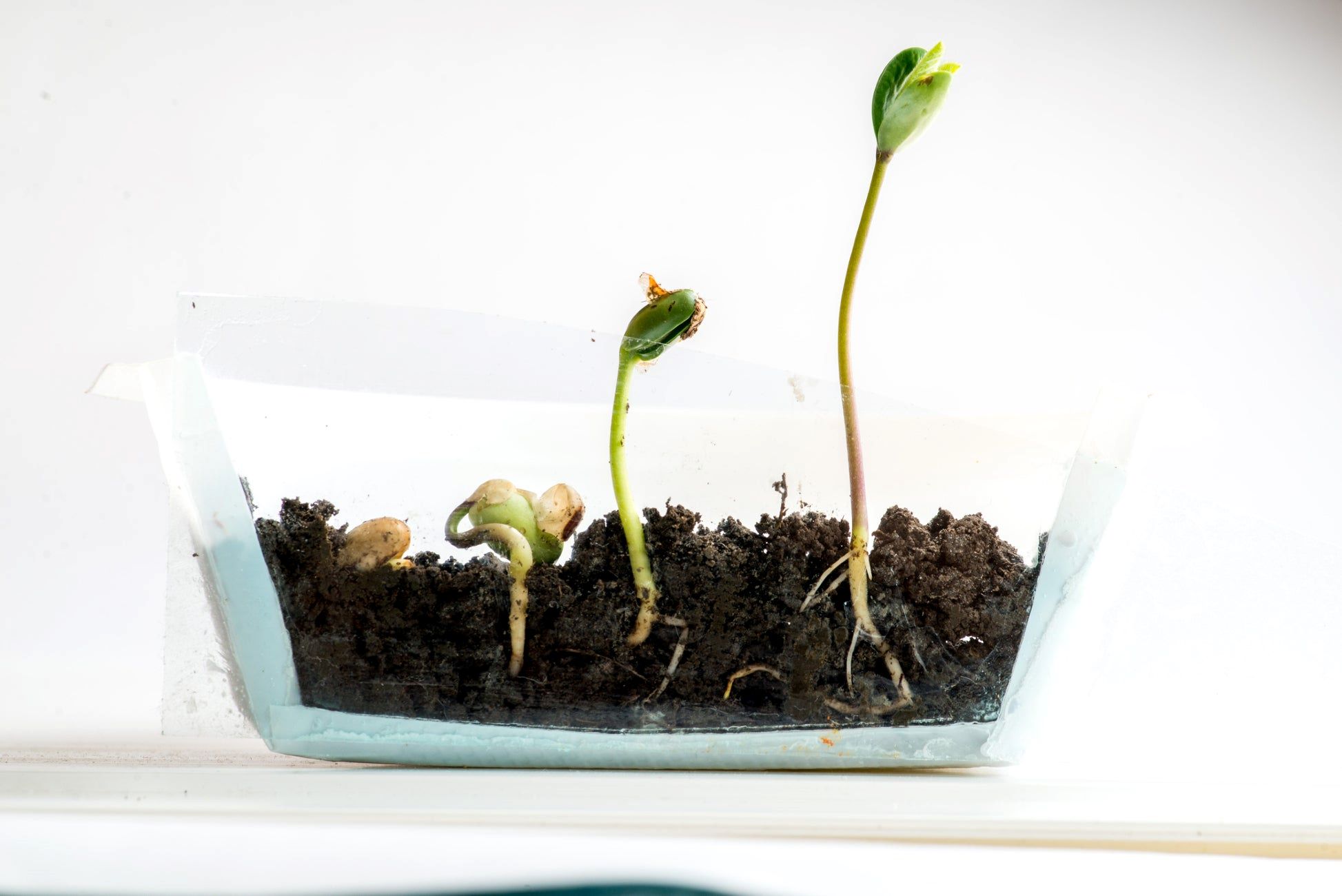
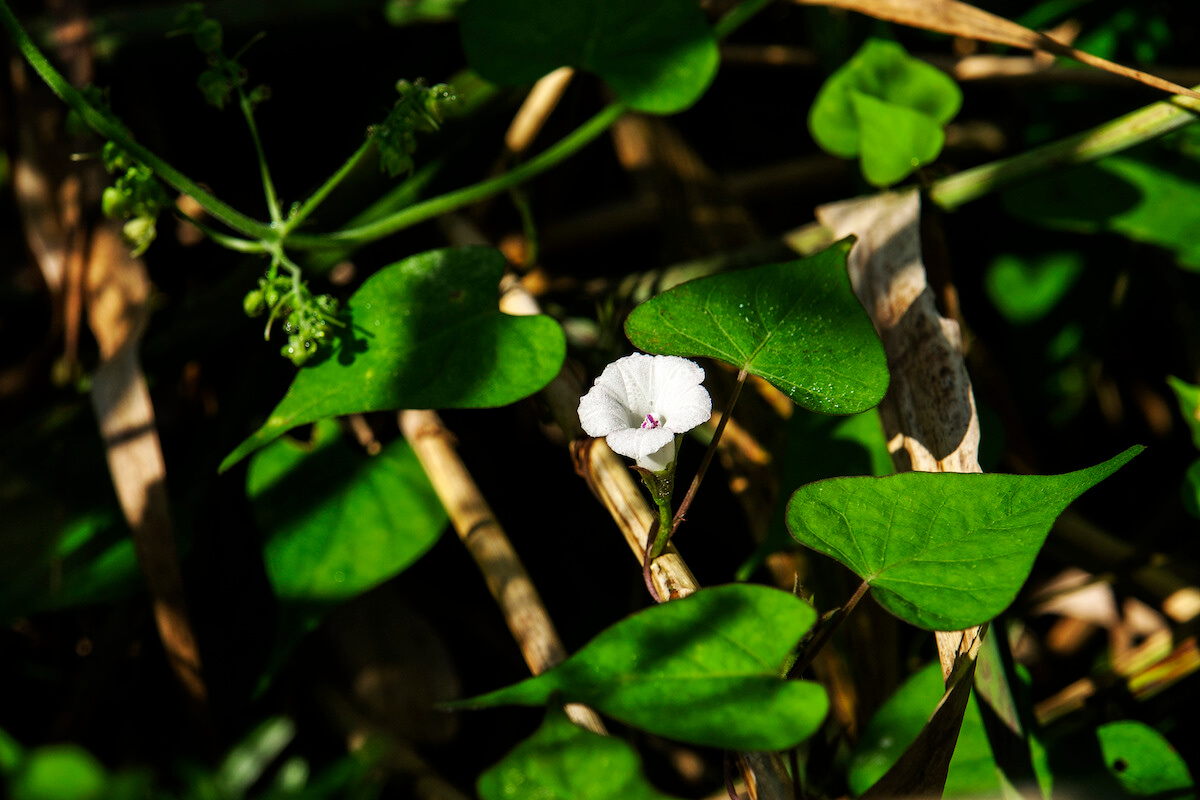
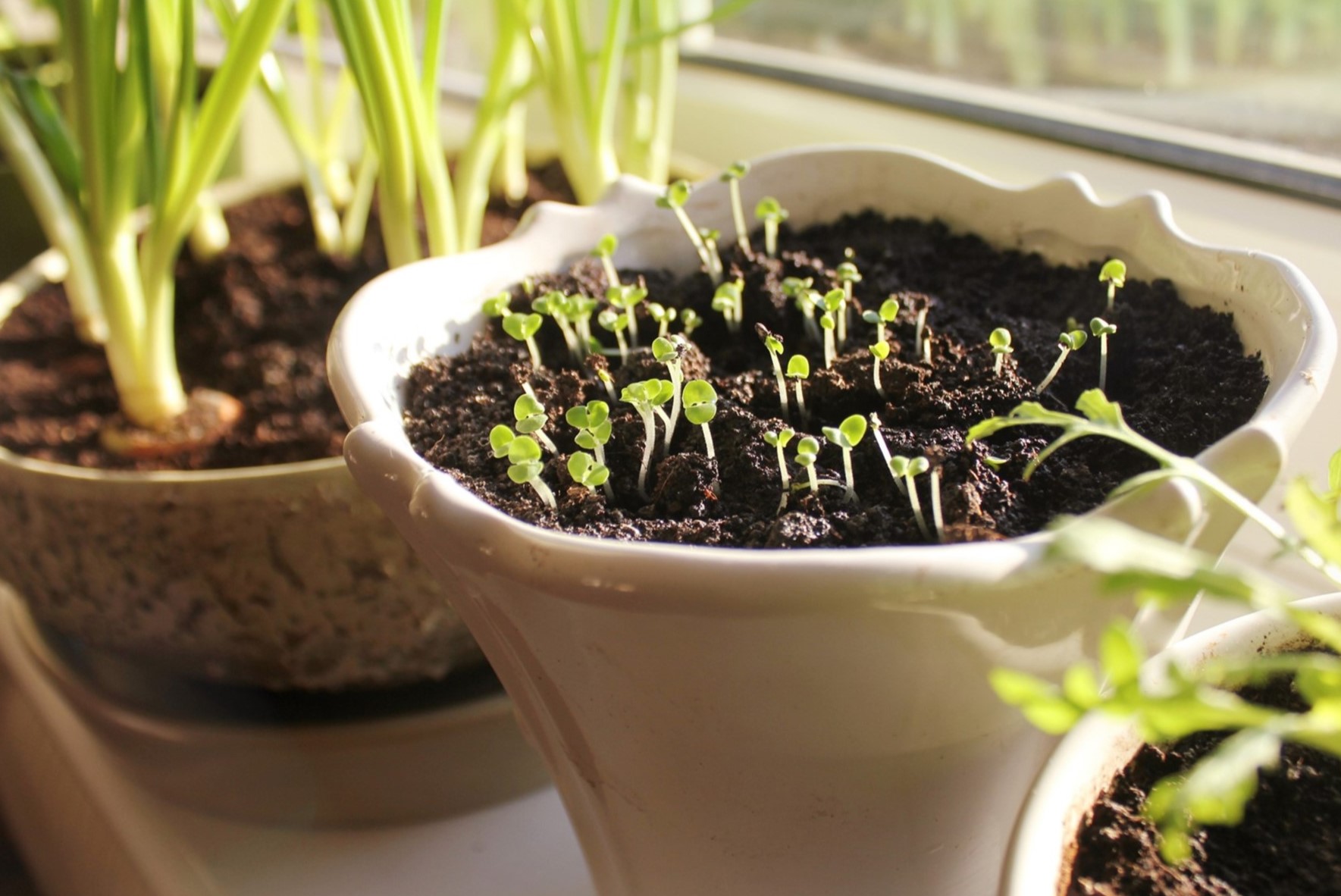
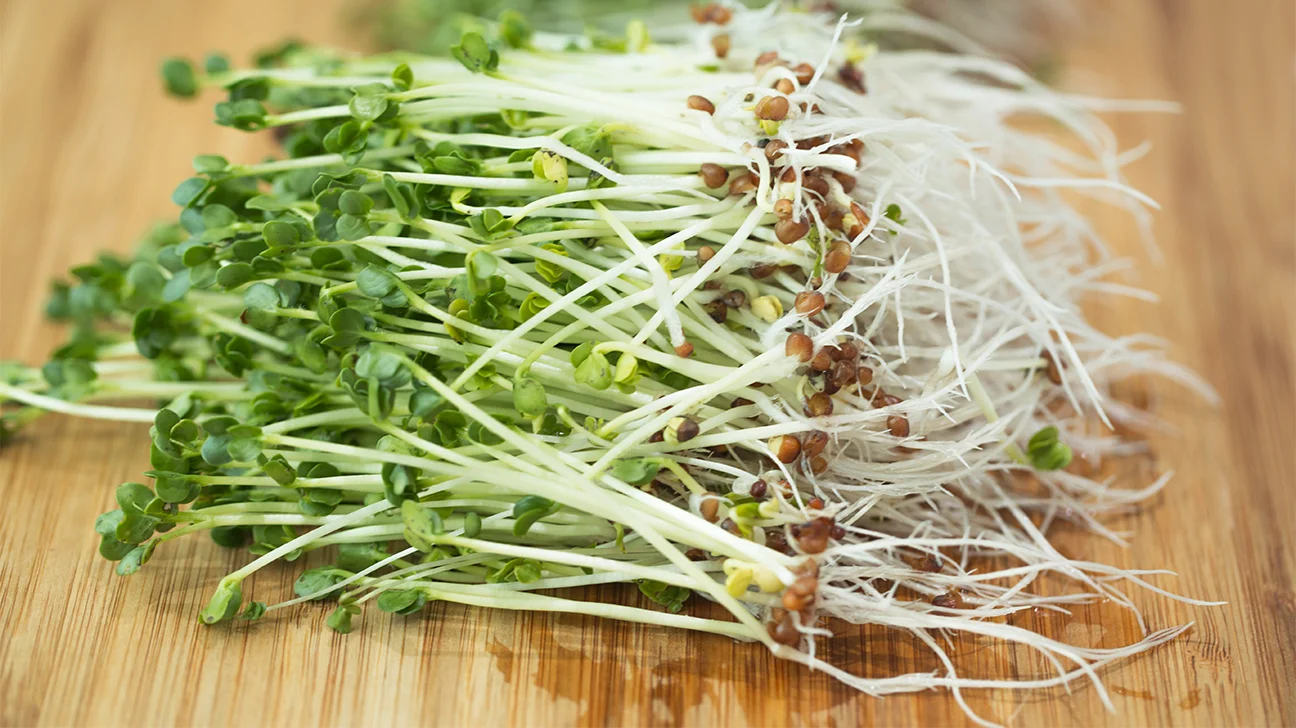

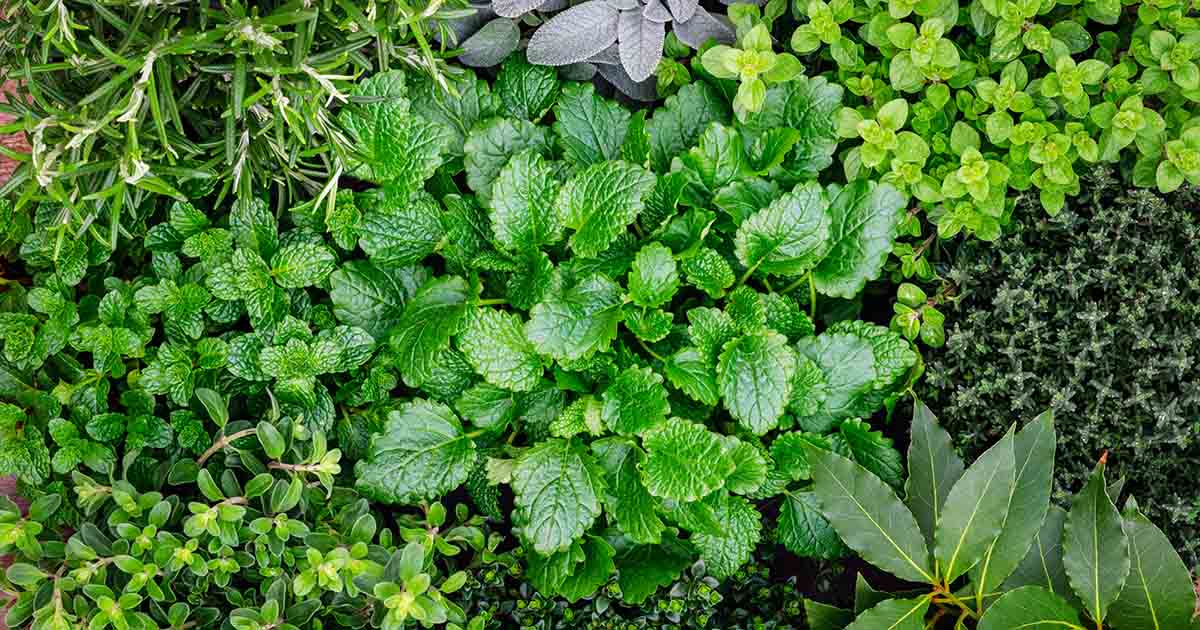
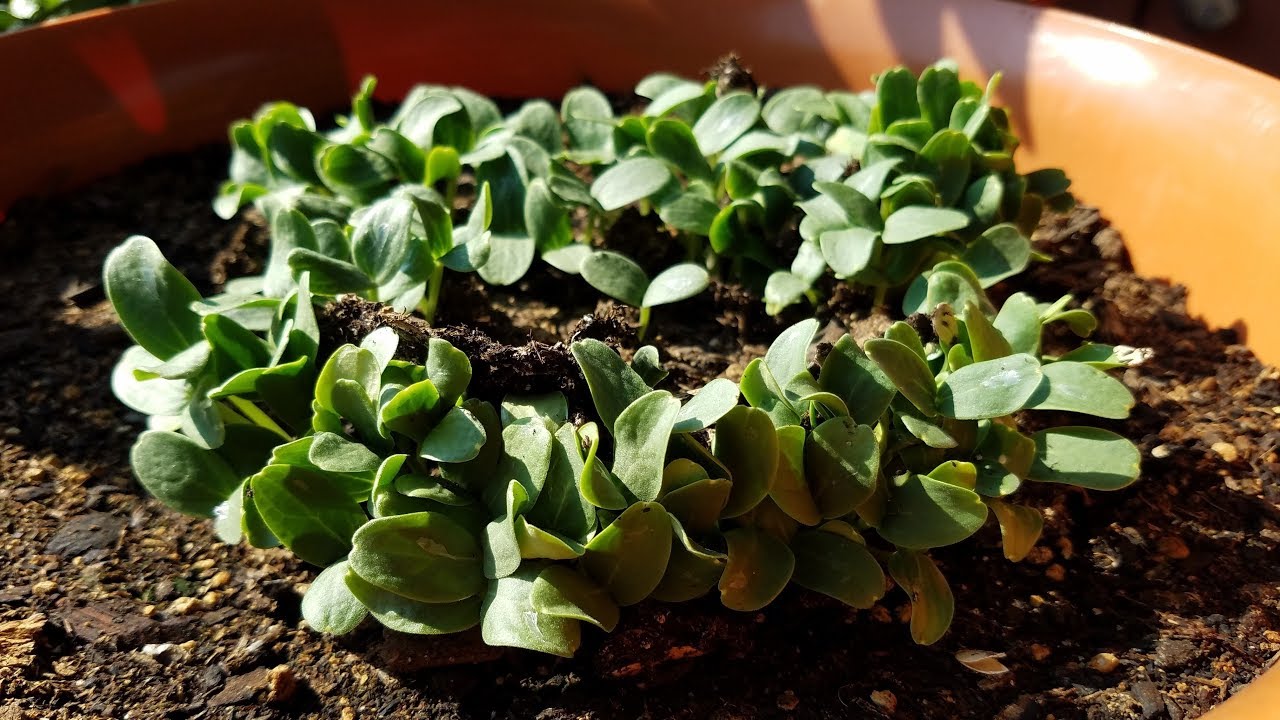
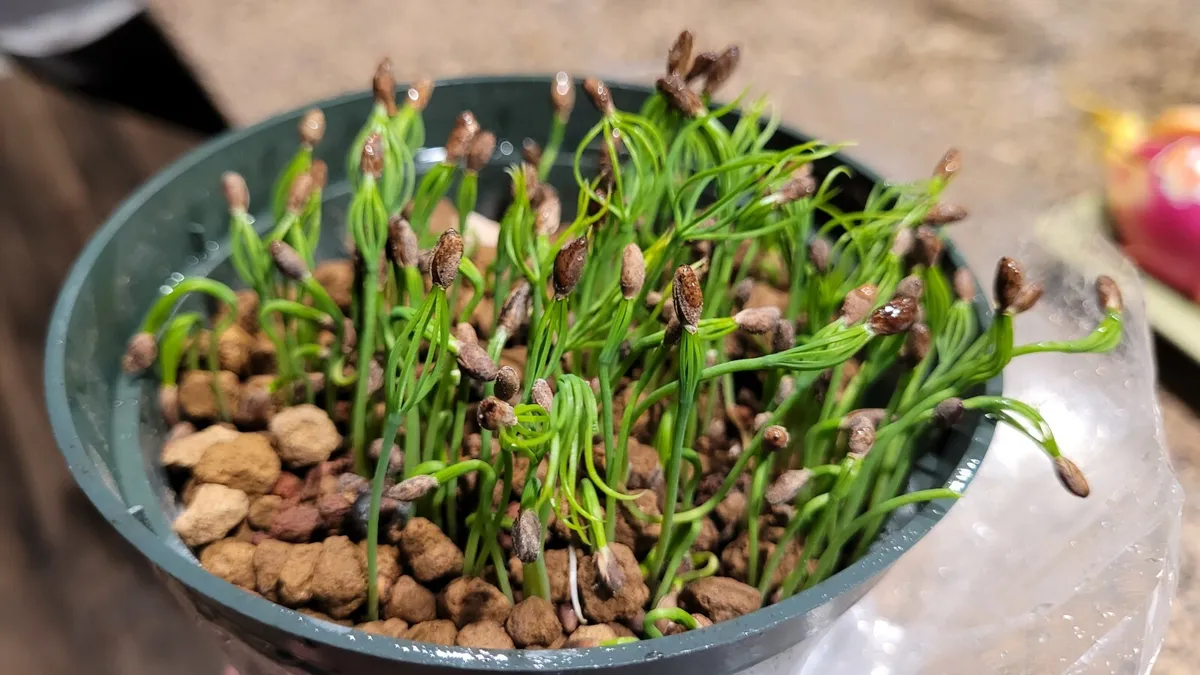
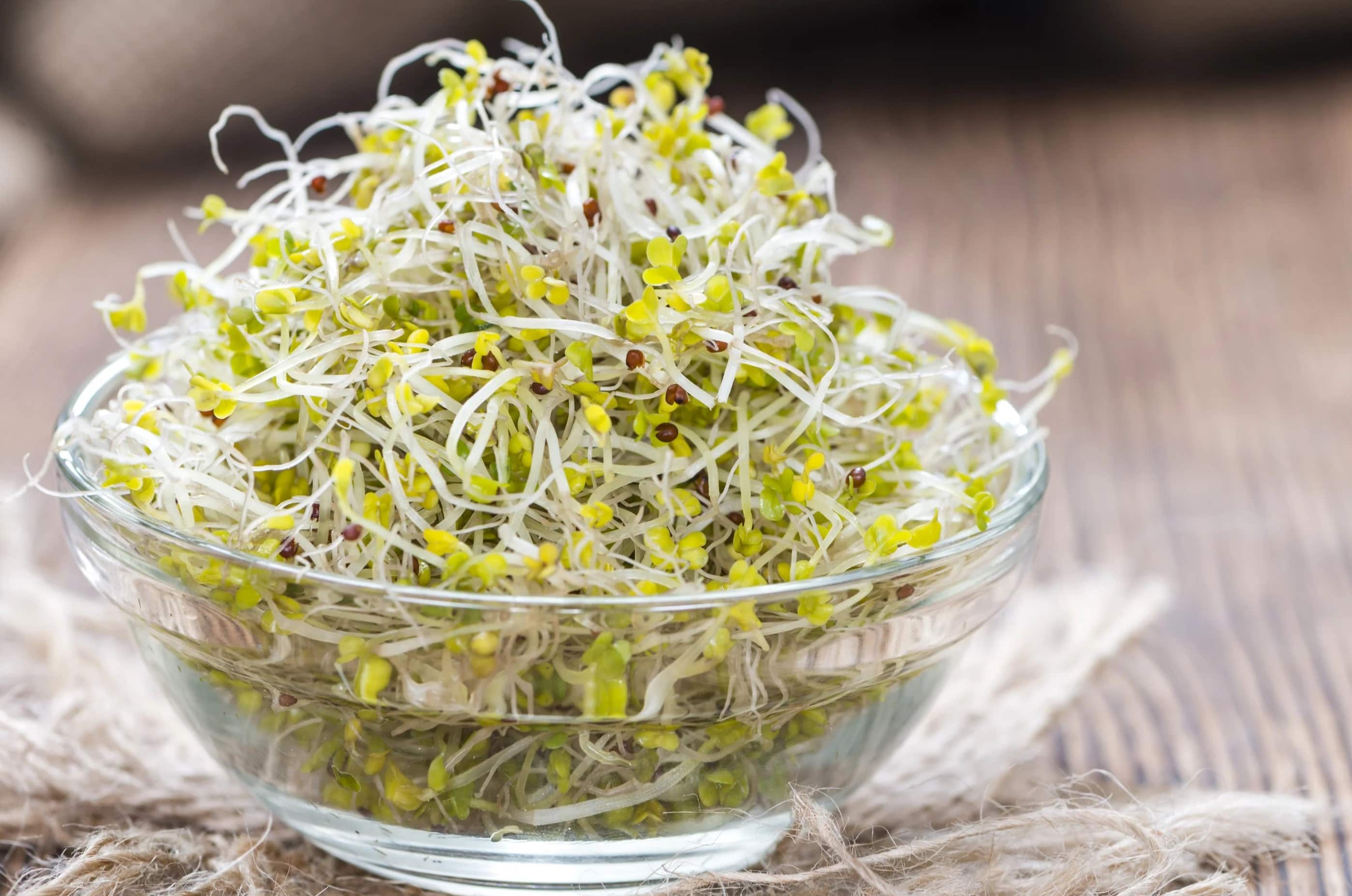
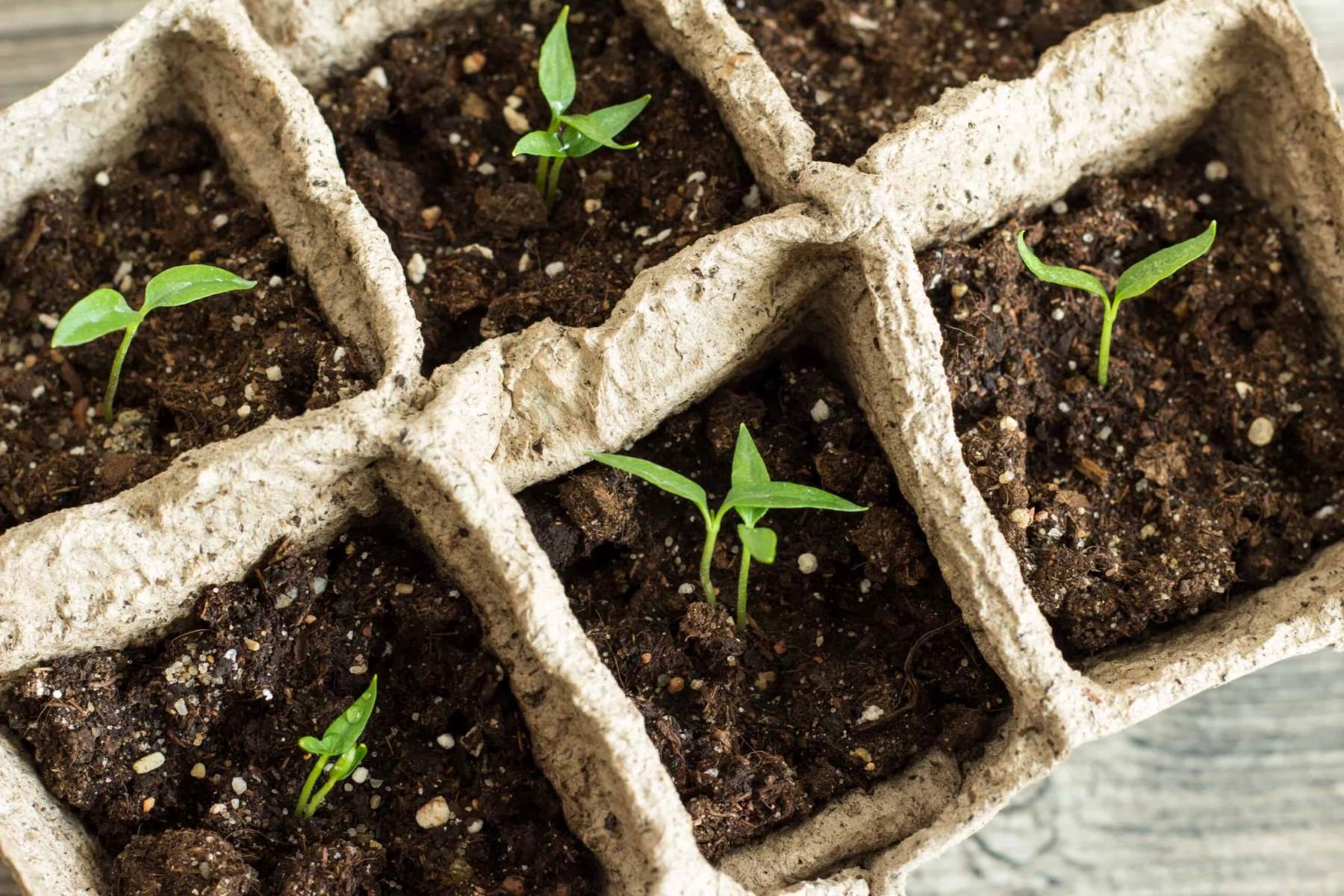

0 thoughts on “How Long For Morning Glory Seeds To Sprout”